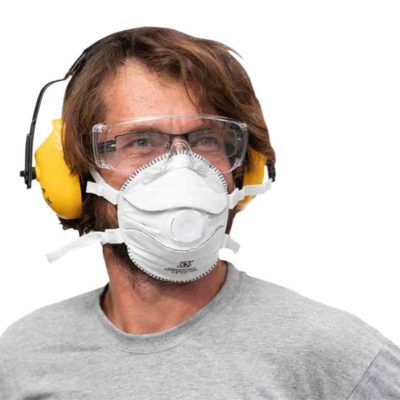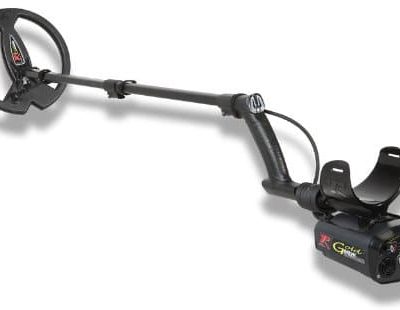Collaboration, responsiveness, performance: the key to success in each project
We have carried out several projects with Mecasonic. The expertise or responsiveness to obtain THE right answer is present every time.
The quality of the tools or machines delivered have always met our expectations in order to deliver the desired quality to our customer.












